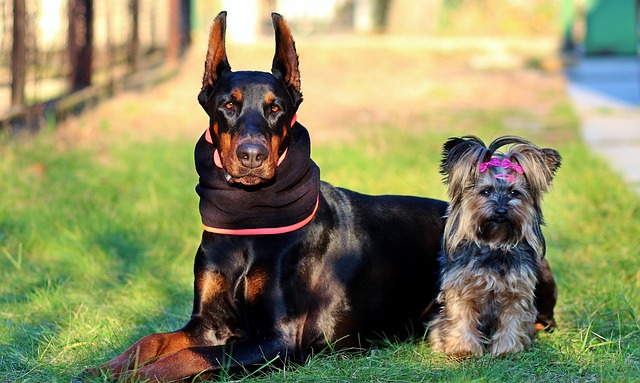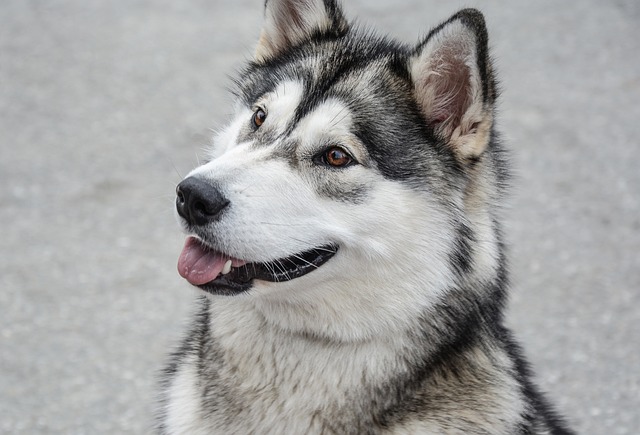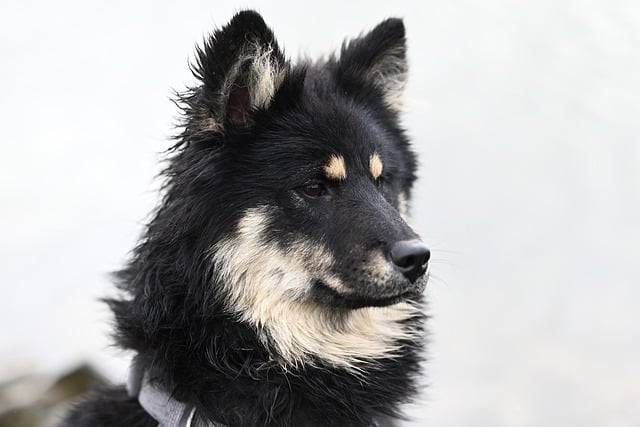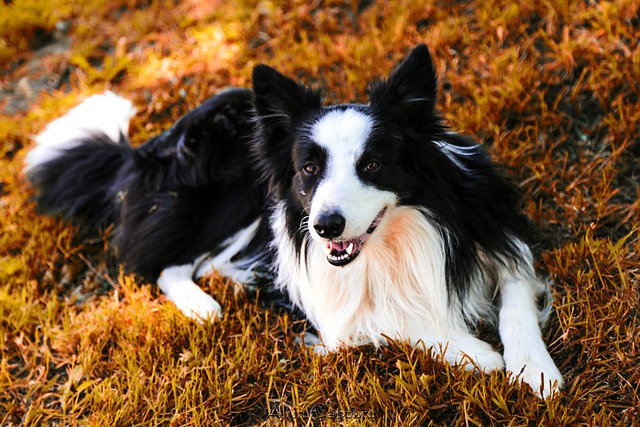
How to play with a dog on a hot day
When the sun blazes and the air feels like a warm blanket, your dog’s usual zoomies around the park might turn into listless stares at the door
That trembling Chihuahua in your lap during a thunderstorm isn't just seeking comfort—they're physiologically drowning in stress hormones. Your instinct to stroke their head could backfire spectacularly. Dogs process touch through complex neurological pathways: while certain zones release oxytocin (the "cuddle hormone"), others activate defense mechanisms hardwired into their DNA.
Begin with the chest's mammary chain—those subtle ridges between the front legs. Place your flat palm there and apply gentle upward pressure, like supporting a sagging bookshelf. This stimulates the vagus nerve, slowing heart rates within 45 seconds by triggering the parasympathetic nervous system. Next, trace the zygomatic arches—the bony curves beneath their eyes—using thumbs moving outward toward the ears. Avoid direct top-of-head pats; descending hands mimic predator attacks. For thunder-phobic dogs, try the tail base vortex: slow counter-clockwise circles where the tail meets the spine release tension through interconnected nerve bundles.
Apartment dwellers face unique challenges. When your rescue Shepherd panics in a cramped elevator, kneel sideways (less intimidating) and offer steady chest pressure while humming low tones—the vibrations mimic calming canine "contact calls." Never corner them; Seattle high-rise bite reports spike when anxious dogs feel trapped.

Cultural awareness prevents disasters. Always ask "May I pet?" before approaching service dogs—interrupting their focus violates ADA protections. If anxiety-induced diarrhea strikes during walks, scoop immediately; New York fines $250 regardless of stress levels. Recognize subtle distress signals: if you see "whale eye" (visible eye whites) during petting, abort immediately—continuing could provoke defensive bites.
Community integration requires finesse. At dog parks, invite nervous newcomers to sniff your fist before sternum scratches—never loom over them. For trauma survivors, use the three-second rule: pet, pause, watch for relaxed blinks before continuing. Keep enzyme-based poop bags visibly clipped to your belt (required in Portland parks); the crinkling sound becomes a positive predictor preceding calming touch.
When touch fails, respect boundaries. Dogs panting with pinned ears need space, not forced cuddles. Create apartment "safe caves" using crates draped with breathable blankets. If destruction occurs during panic attacks, consult veterinary behaviorists immediately—delaying care in California violates animal welfare statutes requiring relief from suffering.
That deep sigh when your foster dog finally melts against your hand? That's cortisol levels dropping and trust synapses firing—proof that science and compassion can rewrite fear.

When the sun blazes and the air feels like a warm blanket, your dog’s usual zoomies around the park might turn into listless stares at the door

Dogs sense our moods like little emotional barometers, but calming them doesn’t need fancy tricks. First, carve out their own quiet nook: a plush bed away from foot traffic, maybe near a window where they can watch birds.

French bulldogs—with their squishy faces,bat-like ears,and wiggly tails—are hard not to adore.But their cute,compact bodies come with some unique physical traits that can put extra strain on certain parts of their anatomy,including their backs.

Watching a beloved dog grow old is a mix of joy and quiet sorrow. Those graying muzzles and slower steps hold a lifetime of memories, but as their bodies wind down, subtle shifts start to show.

Watching your dog gray around the muzzle and slow down a little can tug at the heart, but aging doesn’t mean losing that spark.

That panicked scramble when you turn on the garden hose or your pup's sudden refusal to step in a rain puddle - while viral videos show Labs gleefully diving into ponds